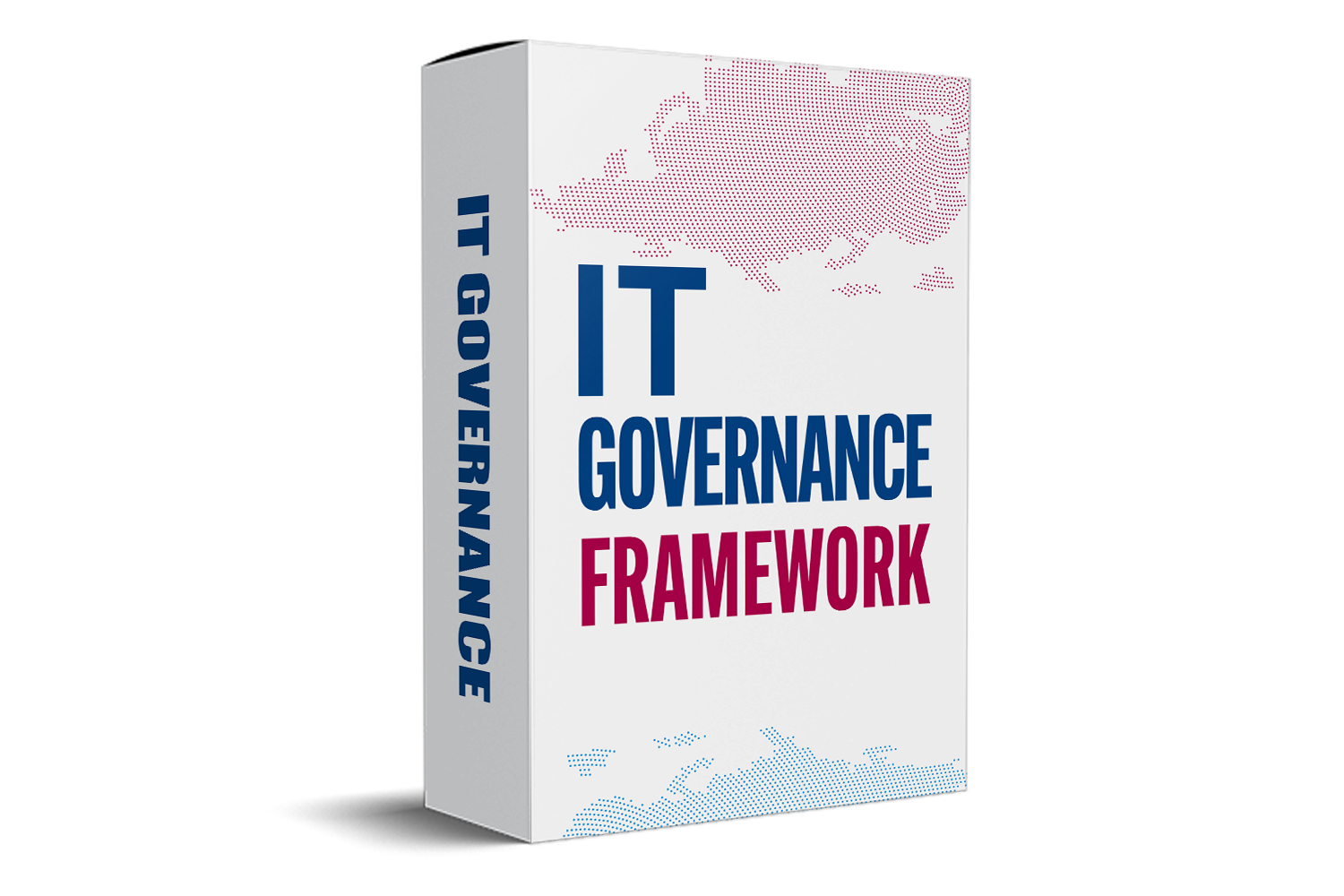Internal Audit Annual Plan Template: The Ultimate Guide to Effective Audit Planning
Creating a strong internal audit plan is key to managing risks and keeping a company on track. When your plan is clear and well-organized, it helps ensure that your organization stays compliant, runs smoothly, and meets its goals. An effective annual audit plan makes sure everyone understands what needs to be done, who is responsible, and when it needs to be completed. That’s why having a good template is a huge help— it streamlines the process and makes adapting to new risks or rules easier.
Understanding the Internal Audit Annual Plan
What Is an Internal Audit Annual Plan?
An internal audit annual plan spells out all the audits you'll perform over the year. It covers what areas to check, how deep to go, and when to conduct each review. The main goal is to identify risks early and make sure controls are working. The plan is like a roadmap that guides your audit team, saving time and resources.
Why Is a Formalized Annual Planning Process Essential?
A formal process keeps things structured. When you have a consistent way to plan, you reduce surprises and overlooked risks. It also builds trust with management and auditors because everyone knows what’s coming. Plus, having a routine process improves the quality of audits and provides ongoing reassurance to stakeholders.
How Regulatory Frameworks Shape the Audit Plan
Most organizations must follow rules from agencies like the Institute of Internal Auditors (IIA). These standards set out best practices and instructions on what auditors should focus on. They also require regular reviews and documentation, which your plan should reflect. Staying aligned with these frameworks makes sure your audit work remains compliant and credible.
Key Elements of an Internal Audit Annual Plan Template
Core Sections of the Template
A good template includes several key parts:
- Objectives and Scope: Clearly state what you want the audit to accomplish and what areas are covered.
- Risk Assessment and Prioritization: Identify which risks are most critical, so resources go to high-priority areas.
- Audit Universe and Resources: List all potential audit areas and how many staff or hours you have.
- Timeline and Schedule: Decide when each audit will happen and set milestones.
- Reporting and Follow-up: Outline how results are shared and actions tracked.
Customization Tips for Different Organizations
Every company is unique. For small firms, the plan might focus on core risks, while larger corporations need detailed sections. Adjust the template to fit your industry, size, and specific risks. Incorporate your company’s strategic goals and risk tolerance. For example, a bank might prioritize compliance with financial rules, while a manufacturer focuses on safety and quality.
Best Practices in Template Design
Use simple tables or charts to make the plan easy to read. Leave room for updates because risks change. Link your audit plan with ongoing risk management efforts. A flexible format ensures you can adjust as needed without starting from scratch.
Step-by-Step Guide to Developing Your Internal Audit Annual Plan
Conducting a Comprehensive Risk Assessment
Start with all your risk data—risk registers, past audits, management feedback. Use heat maps to visualize which areas face the most threat. Focus your attention where the risk is high but controls are weak.
Defining Audit Objectives and Scope
Set clear goals matching your organizational risks. Decide whether the audit checks policies compliance or operational processes or both. Balance the need for compliance audits with reviews of efficiency and strategy.
Prioritizing Audit Activities
Use risk scores to rank areas. Think about how much impact an issue could have and how likely it is to happen. Consider available resources. You might not audit everything in one year, so focus on the riskiest parts first.
Building the Audit Schedule
Break down the year into manageable phases. Assign specific dates and milestones. Coordinate with other departments to avoid busy periods. Now, your audit timeline is practical and realistic.
Drafting the Audit Plan Template
Fill in your detailed plans for each section. Be clear and concise. Make sure your team and managers understand the plan. Once drafted, gather feedback and adjust where needed.
Obtaining Management and Audit Committee Approval
Present your plan professionally and answer questions. Incorporate suggestions for improvements. With approval, you gain support and confidence to move forward.
Effective Implementation and Management of the Internal Audit Plan
Communicating the Audit Schedule
Share the plan with relevant teams early on. Explain why audits are scheduled and what they need to prepare. Openness helps build cooperation and minimizes surprises.
Monitoring Progress and Adjusting the Plan
Track progress regularly using dashboards or KPIs. If new risks emerge or changes happen, revise your schedule. Flexibility keeps your plan relevant and effective.
Documenting and Reporting Outcomes
Create clear reports for each audit. Summarize findings, recommendations, and follow-up actions. Use a consistent format to track improvements over time. Well-documented results boost transparency and accountability.
Real-World Examples and Industry Best Practices
Many firms successfully customize their audit plans. For example, financial institutions often focus on anti-money laundering controls, while manufacturing companies prioritize safety audits. Experts recommend reviewing and updating your template yearly based on lessons learned. Keep it aligned with your evolving risks.
Key Challenges and How to Overcome Them
Managing limited staff or budgets can make planning difficult. Stay focused on high-risk areas and consider outsourcing some work if needed. Changes in regulations also require updates—set regular reviews of your plan. Getting buy-in from stakeholders could be tough, but transparent communication and showing value make a difference. Remember, continuous improvement is the goal—your template should evolve with your organization.
Conclusion
A detailed internal audit annual plan is the backbone of good governance. It helps your organization stay compliant, reduce risks, and improve operations. Using a flexible, clear template makes planning smoother and easier to adapt as your business changes. Regularly review and update your plan, so it always reflects current risks and priorities. That’s how you keep your internal audit process strong and your organization confident.



